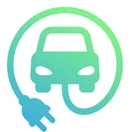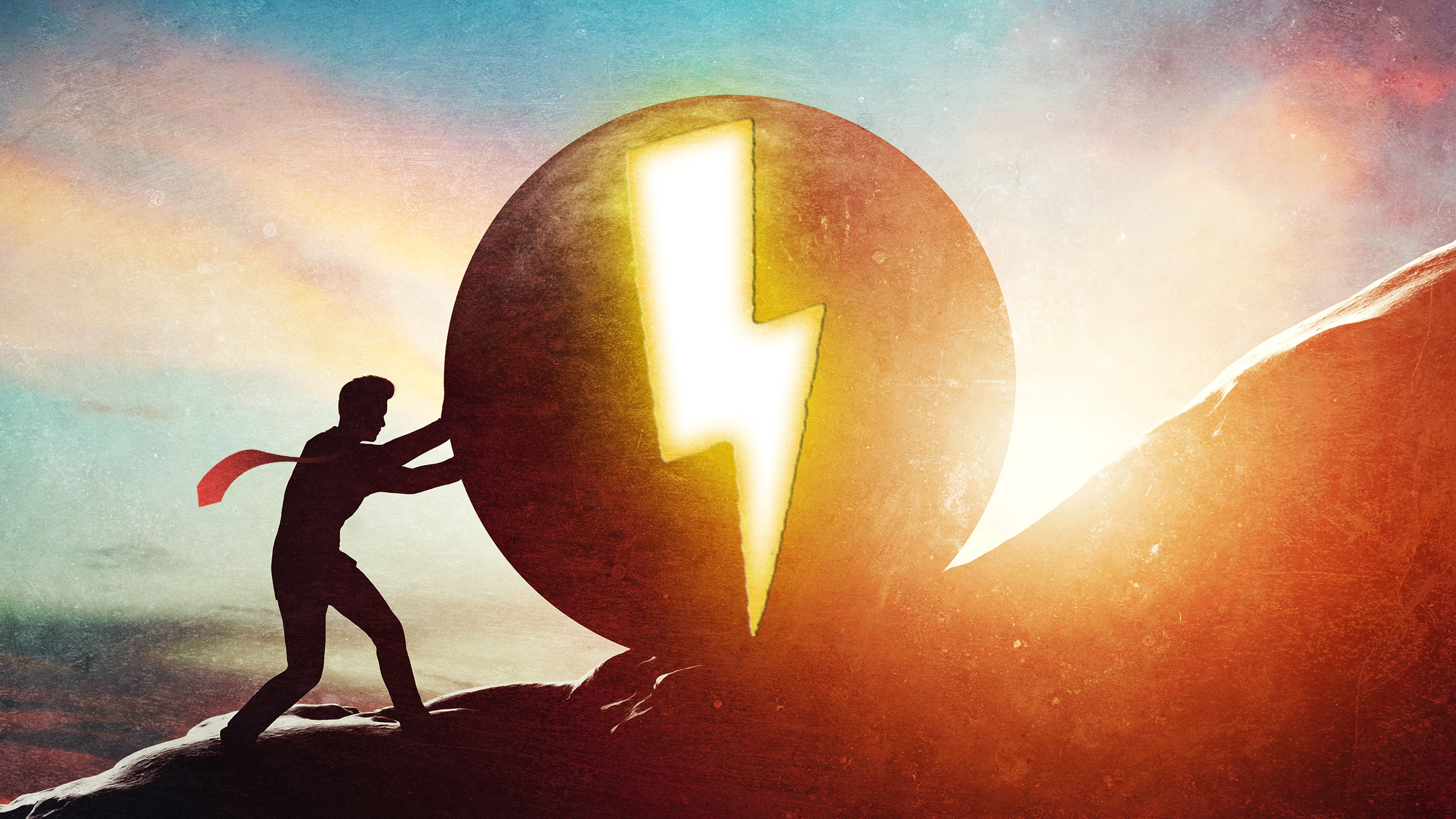A group of more than 5,000 car dealers have made public their worries about a lack of demand for electric vehicles. Earlier this year the group lobbied the White House to water down impending federal fuel efficiency regulations that would require automakers to sell many more EVs. Now, they’re sounding an alarm over impending EV mandates, particularly in the so-called Zero Emissions Vehicle states.
The ZEV states—California, Connecticut, Colorado, Delaware, Maine, Maryland, Massachusetts, Minnesota, Nevada, New Jersey, New York, Pennsylvania, Oregon, Rhode Island, Vermont, Virginia, Washington, and the District of Columbia—all follow the emissions standards laid out by the California Air Resources Board, which require that by 2035, 100 percent of all new cars and light trucks be zero-emissions vehicles (which includes plug-in hybrid EVs as well as battery EVs).
That goes into effect starting with model-year 2026 (i.e. midway through next calendar year) and would require a third of all new vehicles to be a BEV, claim the car dealers. But there is not enough customer demand for electrified vehicles to buy those cars, the dealers say. Worse yet, it would make gasoline-powered cars more expensive.
And obligatory “Fuck Dealerships”.
My Dad was a car salesman for 20 years and even he laughed at this by saying: “Just a dying breed grasping at straws”.
I wonder if this might have more to do with Dealerships trying to steer customers away from EVs to maintain their main source of revenue in the maintenance department.
Nah, that’s crazy. Obviously this business with a reputation for sleazy business practices just has a genuine interest in keeping the price of cars low for the customers benefit!
Dealerships are also concerned about the direct to consumer model that has shown to be viable and the inevitable tide of Chinese manufacturers taking over the market.
100 percent of all new cars and light trucks be zero-emissions vehicles (which includes plug-in hybrid EVs as well as battery EVs).
Wait, wtf? Zero emissions vehicles include gasoline engines now? And to think I was somewhat understanding that it was a fairly short time to go 100% electric…… but it’s the “electrified” loophole again
I would bet the logic goes, since it can drive x miles before switching to gas it’s zero emissions for that x miles.
Maybe even worse than that …. It can go X miles on battery in ideal circumstance, which is more than average daily commute, so of course everyone will plug it in every night, drive in ideal circumstances, always less than the average commute, so it’s zero emissions, right?
Unfortunately EV infrastructure isn’t exactly ready yet, i d be happy owning an electric car otherwise
Having one EV and one ICE is a good way to start if you’re a two vehicle household.
While the infrastructure does need a lot of work, that seems to be going faster than EV manufacture, at least in the US.
The ideal use case is home owners in major metro areas. There’s no reason for that subgroup to lag the rest of the world in EV adoption, except the lack of dealer support and affordable vehicles
Even outside major metro areas, that just means you’re more likely to own your own home, be able to do home charging, and many of them will have trip chargers not too far
Edit to give an example of the ideal use case: …… I recently had to go to IKEA, but hadn’t plugged in my EV in about a week so was concerned I didn’t have enough juice. I ended up taking an ICE car (boooo) but looked at trip planning and found three supercharging stations enroute. I could have plugged in and waited an hour or two or could have hit up a supercharger for ten minutes. Or I could have let trip planning do its thing and decide whether I could make it. Because of being in the ideal use case, I still had plenty of options despite my poor planning





